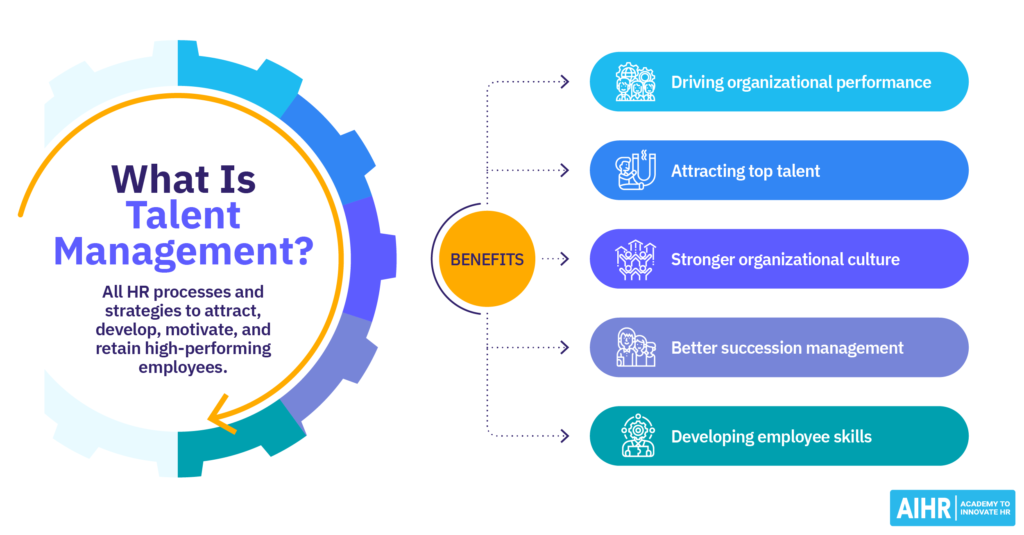The advent of live streaming has unlocked new avenues for content creators, educators, marketers, and businesses to reach and engage audiences in real-time. While streaming to a single platform can be powerful, multistreaming, or broadcasting your content simultaneously to multiple platforms, is a game-changing strategy that can significantly amplify your reach. But doing it effectively involves more than just pushing a button.
Let’s delve into some best practices that will help you multistream successfully and attract a wider, more diverse audience in real-time.
1. Choose The Right Platforms
The first step in multistreaming is selecting the platforms that are best suited for your content. Whether it’s YouTube, Facebook, Twitch, or LinkedIn, each platform attracts a different audience and caters to distinct content types. For instance, Twitch is great for gamers, while LinkedIn might be more apt for business-related topics.
Here’s where you need to check multistreaming platform currently available in the market. These are specialized services like Restream or Switchboard that allow you to stream to multiple destinations simultaneously. They often support a broad range of platforms, so you can pick and choose based on where your audience hangs out the most.
2. Ensure Technical Compatibility
Before you start multistreaming, make sure your system can handle the load. You’ll need a robust computer setup and a strong, stable internet connection to support simultaneous broadcasting. Also, consider the streaming requirements of each platform.
They might have different bitrate or resolution recommendations, so be prepared to adapt your settings accordingly.
3. Master Your Content Strategy
Content is king, even in the world of live streaming. Tailoring your content to suit the audience of each platform can make a world of difference. You might want to create platform-specific opening sequences or CTAs (Call to Actions) to make viewers feel at home, no matter where they’re watching from.
Also, create an interactive environment. Polls, Q&A sessions, and real-time chat can go a long way in increasing viewer engagement.
4. Cross-Promote Your Streams
Why put all that effort into creating content if people don’t know it exists? Utilize social media, mailing lists, and other channels to promote your upcoming live streams. A well-timed tweet or an Instagram story can help funnel more viewers to your multistream event.
In fact, promote your streams across the multiple platforms you’re using for multistreaming to capture a wider audience.
5. Monitor And Engage
Most multistreaming platforms offer consolidated dashboards where you can monitor various metrics like viewer count, comments, and more, across all platforms. Use this data to understand your audience’s behavior and preferences.
Also, assign a team member or use automated tools to keep an eye on the chat across different platforms. Real-time engagement is a cornerstone of successful live streaming.
6. Post-Stream Analysis
Once the stream is over, don’t forget to dive into the analytics. Many multistreaming platforms provide comprehensive post-stream reports that can help you understand what worked and what didn’t.
Use these insights to tweak your future multistreaming efforts for better engagement and reach.
Conclusion
Multistreaming is a potent tool for modern content creators, offering a way to break free from the constraints of single-platform streaming. By following these best practices—from selecting the right platforms and ensuring technical compatibility to crafting an engaging content strategy—you’ll be well on your way to capturing a larger, more diverse audience in real-time.
Remember, the world of live streaming is ever-evolving. Stay abreast of the latest trends, tools, and technologies to keep your multistreaming game at its peak.




